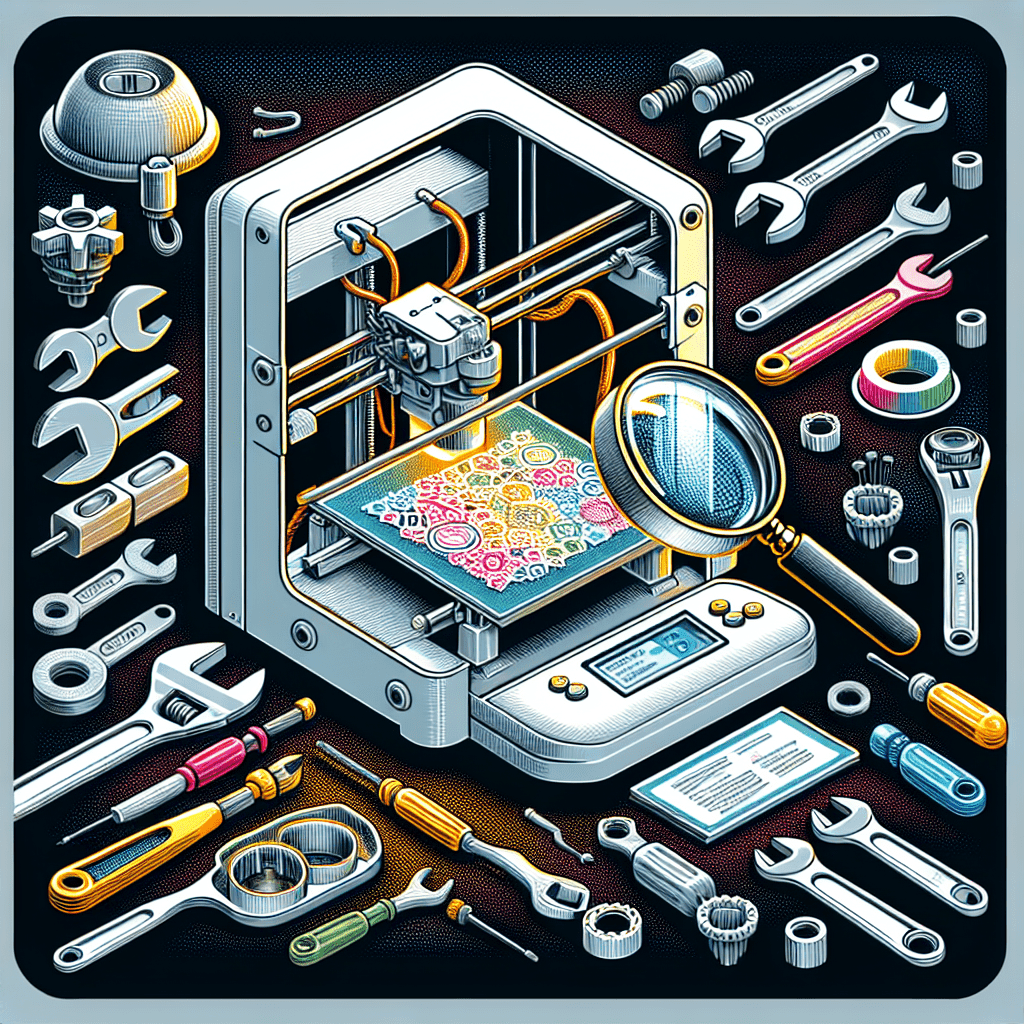Table of Contents
Introduction
With 3D printing, you can sometimes encounter issues that can affect the quality of the final print. Two common issues that 3D printers often face are ghosting and resonance. Ghosting refers to a shadow or ghost-like effect that appears on the surface of the print, while resonance manifests as unwanted vibrations that can lead to imperfections in the print.
In this troubleshooting guide, we will explore the causes of ghosting and resonance in 3D prints, as well as provide solutions to help you eliminate these issues and achieve high-quality prints.
Causes of Ghosting
Ghosting in 3D prints can be caused by several factors, including:
1. Inconsistent extrusion: Inconsistent extrusion can lead to variations in the thickness of the print, resulting in ghosting.
2. Loose belts or pulleys: Loose belts or pulleys can cause the print head to move erratically, leading to ghosting.
3. High print speeds: Printing at high speeds can cause vibrations that result in ghosting on the print.
4. Resonance: Resonance can also contribute to ghosting, as the vibrations can create imperfections in the print.
Solutions for Ghosting
1. Check and adjust the extrusion settings: Make sure that your extrusion settings are properly calibrated to ensure consistent extrusion throughout the print.
2. Tighten belts and pulleys: Check the belts and pulleys on your 3D printer and tighten them if necessary to eliminate any slack that may be causing ghosting.
3. Reduce print speed: Lowering the print speed can help reduce vibrations and minimize ghosting on the print.
4. Dampen vibrations: You can also dampen vibrations by adding vibration dampeners or placing the printer on a stable surface to minimize ghosting.
Causes of Resonance
Resonance in 3D prints can be caused by a variety of factors, including:
1. Unbalanced or misaligned components: If the components of your 3D printer are unbalanced or misaligned, it can lead to resonance during the printing process.
2. Unstable printing surface: A shaky or unstable printing surface can also contribute to resonance issues in your prints.
3. High print speeds: Printing at high speeds can cause vibrations that result in resonance during the printing process.
4. Loose screws or fasteners: Loose screws or fasteners can create vibrations that lead to resonance in your prints.
Solutions for Resonance
1. Balance and align components: Make sure that all components of your 3D printer are properly balanced and aligned to reduce the risk of resonance during printing.
2. Stabilize printing surface: Use a stable and sturdy printing surface to minimize vibrations and prevent resonance in your prints.
3. Reduce print speed: Lowering the print speed can also help reduce vibrations and minimize resonance issues in your prints.
4. Tighten screws and fasteners: Check all screws and fasteners on your 3D printer and tighten them if necessary to eliminate any vibrations that may be causing resonance.
Conclusion
Ghosting and resonance are common issues that can affect the quality of your 3D prints. By understanding the causes of these issues and implementing the solutions provided in this troubleshooting guide, you can effectively eliminate ghosting and resonance in your prints and achieve high-quality results. Remember to regularly check and maintain your 3D printer to prevent these issues from occurring in the future. With proper troubleshooting and maintenance, you can enjoy flawless 3D prints every time.
FAQs
Why do I see ghosting on my 3D prints?
Ghosting can be caused by inconsistent extrusion, loose belts or pulleys, high print speeds, or resonance issues.
How can I eliminate ghosting in my 3D prints?
To eliminate ghosting, you can check and adjust the extrusion settings, tighten belts and pulleys, reduce print speed, and dampen vibrations.
What causes resonance in 3D prints?
Resonance can be caused by unbalanced or misaligned components, unstable printing surfaces, high print speeds, or loose screws or fasteners.
How can I solve resonance in my 3D prints?
To solve resonance, you can balance and align components, stabilise the printing surface, reduce print speed, and tighten screws and fasteners.
